Polycystic Ovarian Syndrome,Infertility and Obesity
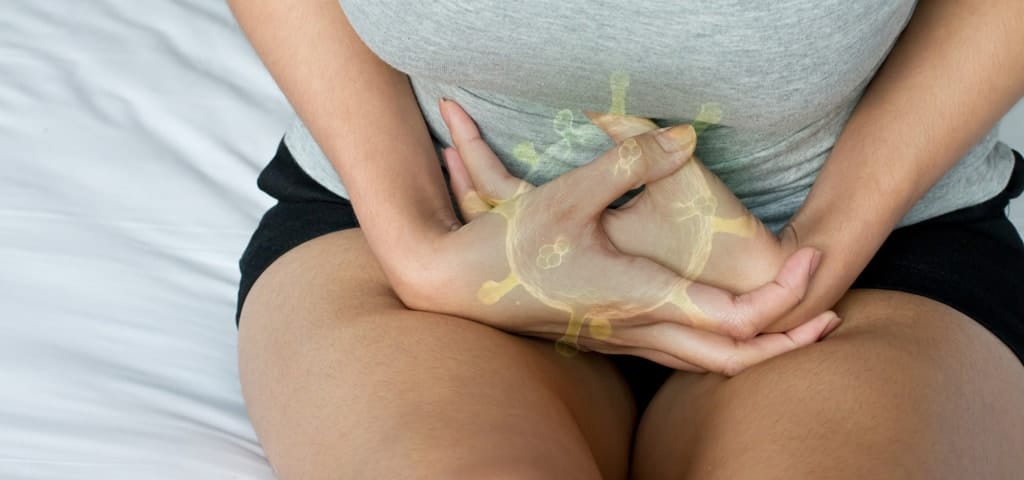
Polycystic Ovarian Syndrome (PCOS) is a major health problem for women of all ages through its effect on fertility during the reproductive years and its gynecological and metabolic effects in both the reproductive years and thereafter.But it is a syndrome that also encompasses the metabolic, cardiovascular, dermatological and psychological conditions.PCOS is the most common endocrine syndrome affecting women of reproductive age with a prevalence of between 4% and 18%. Generally, it can affect up to 50% of South Asian Women. PCOS is more prevalent in obese women than those who are lean. It substantially contributes to infertility. SYMPTOMS POLYCYSTIC OVARIAN SYNDROME: The principal presenting symptoms of the woman suffering from PCOS are oligo or anovulation and or infertility as well as excess androgen production. Symptoms tend to be present at the time of menarche with less frequent or complete lack of menses. Other symptoms of excess androgen production are acne, hirsutism, alopecia, overweight or obesity, acanthosis nigricans.However, 20% cases of PCOS may be asymptomatic. HORMONAL CHANGES: The effects of PCOS are manifested via deranged hormonal profiles, primarily an excess of circulating testosterone, androstenedione, luteinizing hormone (LH) and insulin as well as a relative deficiency of Follicle Stimulating Hormone (FSH).Insulin Resistance and hyperinsulinemia are central to the pathophysiology of PCOS. Effect Of Polycystic Ovarian Syndrome: Irregular menstrual cycle and infertifity.Oligomenorrhea — menses occurring at intervals of 35 days to 6 months.Secondary ammendhoerea — absence of periods for greater than 6 months. Often women require assisted fertility to conceive.Lifestyle modification, weight reduction, increasing physical activity are important as the first line of management prior to medications. PREGNANCY COMPLICATIONS: Even if these women conceive with the treatment, they are at the increased risk of gestational diabetes, pre-eclampsia, preterm birth, prenatal mortality, and morbidity during pregnancy. OBESITY: A woman diagnosed with PCOS are more likely to be overweight or obese and obesity. Obesity has wide-ranging effects of developing metabolic syndrome, diabetes mellitus, cardiovascular disease, musculoskeletal problems, depression, cancer, pregnancy-related complications, miscarriage, and infertility. Even a modest loss of weight in the order of 5-10% can result in a 30% reduction in central adiposity and a marked improvement in symptoms. CARCINOGENIC: Women with PCOS are at increased risk of endometrial hyperplasia and endometrial Cancer. Other effects are KEY POINT: Losing weight is probably the single most important factor that can confer beneficial effects across the spectrum of abnormalities that constitutes PCOS and therefore improve symptoms and reduce the metabolic and other consequences of this syndrome. Lifestyle advice, encouraging hypocaloric and low glycemic index diets with increased physical activity, hyperinsulinemia prior to starting medicines or along with medications if needed. Read More: Infant Feeding Practice | Fractures In Children | Breastfeeding techniques
Enthesopathy
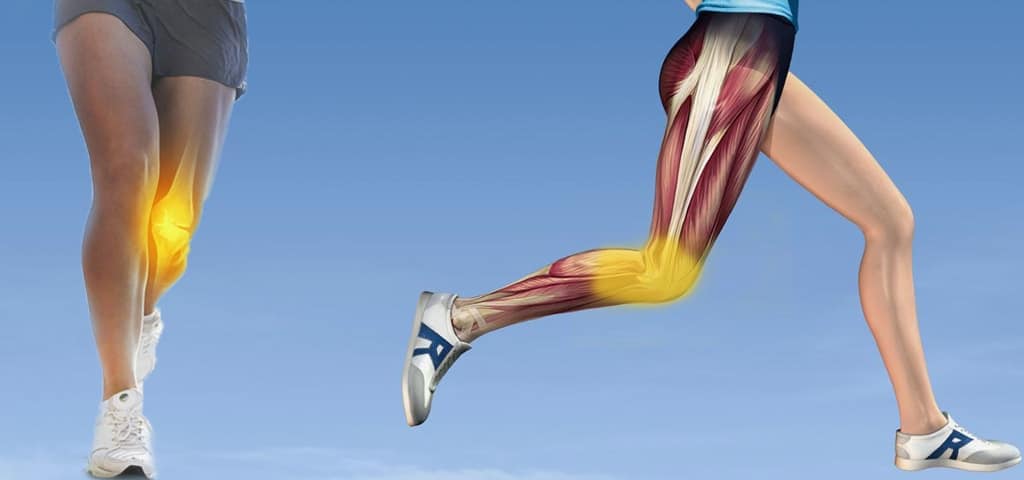
Enthesopathy is an inflammatory disorder affecting the site where muscles and ligaments attach to the joints and bones.The exact cause of the disease is not known but it is associated with rheumatic conditions such as seronegative spondylitis, Crohn’s disease, and ankylosing spondylitis. However, these enthesopathies flare up due to repetitive stresses on these areas where tendon or ligaments or fascia attach to bone. Also, these inflammatory conditions can be treated effectively. Tennis Elbow in Enthesopathy: Tennis elbow is one of the most common enthesopathy where the muscles to the hand and fingers are attached to the outer aspect of the elbow. Those who suffer from this condition have pain on playing tennis or shuttle, badminton, gripping objects while washing clothes or cleaning dishes. Treatment includes x-rays to rule out any other cause of pain, and blood tests to find out for rheumatic conditions. Anti-inflammatories, physiotherapy, and exercises normally are sufficient. Sometimes in intractable pain, steroid injections locally can be given for relief. Plantar Fasciitis: Enthesopathy of the heel, a painful condition experienced when rising from bed or prolonged sitting, results from the inflammation of tissue detached from the heel bone. While rest often alleviates the pain, treatment may involve anti-inflammatory drugs, physiotherapy, and specialized footwear. In rare cases where conservative measures fail, surgery may be considered. Ta Insertional Tendinitis: Tendo Achilles is the largest tendon in the body and it connects the calf muscle to heel bone. Inflammation at this site leads to pain and swelling. Calcium deposits tend to occur stimulating new bone formation. This is commonly due to stand for longer time or overweight, again special footwear, rest, anti-inflammatory drugs, and physiotherapy should give relief Learn More About: Polycystic Ovarian Syndrome | Diabetic Kidney Disease | Polio Vaccination Rotator Cuff Tendinopathy: Inflammation at site rotator group of muscles inserted on the shoulder joint is called rotator cuff tendinopathy. This is a repetitive stress injury where the tendon gets inflamed due to overhead activities. Athletes, workers who do overhead work many develop this condition. Strengthening muscles, healing tendons, and rest will relieve the symptoms. In older individuals, arthroscopic surgery may be indicated. Despite all these measures, sometimes the pain persists or recurs as the tendon and enthesis fail to heal. Various treatments are used to promote the healing of tendons. To treat plantar fasciitis and calcific rotator cuff tendinopathy, Extracorporeal shockwave therapy (ESWT) has been used. These shockwaves decrease the conduction of signals along fibers that are responsible for the sensation of pain, hence resulting in pain relief. Furthermore, the shockwaves stimulate the release of chemicals that causes the growth of blood vessels important for the healing process. Another more recent technique called platelet-rich plasma is used to harvest the platelets in the person’s blood and inject them into the area which is to be treated. Platelets take part in the natural process of healing by forming a clot to seal off an area of injury and also release chemicals that help of healing. The procedure thus augments the body’s natural healing process. In severe cases where the pain is persistent despite the above treatment, surgery may be necessary to relieve the painful conditions.
Liposuction – Sculpting Your Body
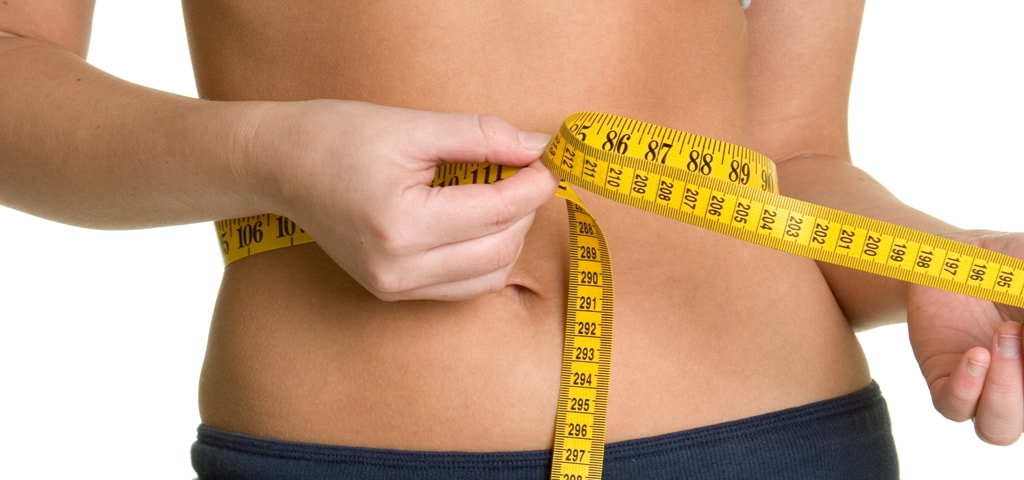
What is Liposuction? Liposuction is a surgical procedure designed to remove pockets of fat beneath the skin to contour specific areas of the body. Fat is removed using suction and a small tube called a cannula and then a small incision will be made near the area to be treated to allow the cannula to fit through the skin. Using suction, the surgeon will remove unwanted fat cells. Then the incision will be closed. Also Read: Reattatchment of Ampulated Body Part Is liposuction used as weight reduction procedure? Liposuction is not meant for weight loss, but it is to reshape areas of the body through the removal of fat deposits. What are the benefits? Liposuction can eliminate small deposits of fat from stubborn areas that are unresponsive to diet and exercise. And it also provides a way to override genetics and take control of the shape of your body. The amount of fat to remove: Fat removal is limited to 3,000 to 5,000 cc per operation for safety reasons. If there is a need to remove additional fat, then subsequent surgeries may be necessary. Will the fat reaccumulate after liposuction? Liposuction removes the fat cells from specific areas of the body. These fat cells will not be formed again. However, if the patient does not follow a healthy diet and exercise regularly, the remaining fat cells could expand and lead to weight gain in the other areas of the body. Procedure: Various types of anesthesia can be used for liposuction procedures. Liposuction can be performed under local anesthesia. However, the local anesthesia is usually used along with intravenous sedation to keep the person more relaxed during the procedure.Regional anesthesia like epidural or spinal can be a good choice for more extensive procedures. However, some patients require general anesthesia, particularly if a large volume of fat is being removed.The time required to perform liposuction may vary considerably, depending on the amount of fat being removed, the size of the area, the type of anesthesia and the technique changed. How do we do liposuction? We use the Power-Assisted Lipoplasty( PAL) Device to perform this procedure. It uses powered cannula at 2 mm, reciprocating movement at 4000 cycles per minute to facilitate the procedure. This means that less force is required, especially in areas with more fibrous tissue. The PAL is not ultrasonic. No heat is generated by the instrument or cannula, so burning isn’t a concern. Patient Benefits: Post-operative: The local anesthesia injected into the tissue greatly reduce post- operative pain. After liposuction, most patients are generally conscious and alert. Patients are encouraged to walk immediately after surgery. Patients can usually return to a desk-type job within a few days. Mild physical exercise may be resumed three to seven days after the procedure. The stitches if any are removed or dissolved on their own within the first week to 10 days. To control swelling and to help your skin better fit its new shape, Pressure elastic garments are needed for 8 weeks. What are the different liposuction techniques? Areas Treated with Liposuction: Abdomen.Male Breast enlargement.Hips.Breast reduction.Inner thighs.Chin.Outer thighs.Outer 2/3 of buttocks. Will liposuction eliminate stretch marks and cellulite? Liposuction is generally not used for elimination of Cellulite and Stretch marks. Age Limitations: The patient should be an adult. There is no upper age limitation although the younger age gives the better results. Patients over 50 years of age are at increased risk for loose hanging skin and skin irregularities (dimpling or rippling of the skin). Persons Not Suitable for Liposuction: What risks are associated with liposuction? Liposuction is a surgical procedure as a result, it carries the same risks as any other surgery. Serious but rare complications are Pulmonary embolism, Perforation of organs, Anaesthetic complication, Lidocaine toxicity, Fluid imbalance. Bleeding, Bruises, Seroma, Infection, Pigmentation, Burns, Scars, Nerve injuries, etc. are less common. However, with experience and all necessary precautions, the complication rate is 1-2 % only. Your new look: You will see a noticeable difference in the shape of your body quite soon after surgery. However, the improvement will become even more apparent after about four to six weeks when most of the swelling has subsided. Any persistent mild swelling usually disappears after about three months, and the final contour will be visible. Read More: Polycystic Ovarian Syndrome
Fracture – when to operate and when not to?
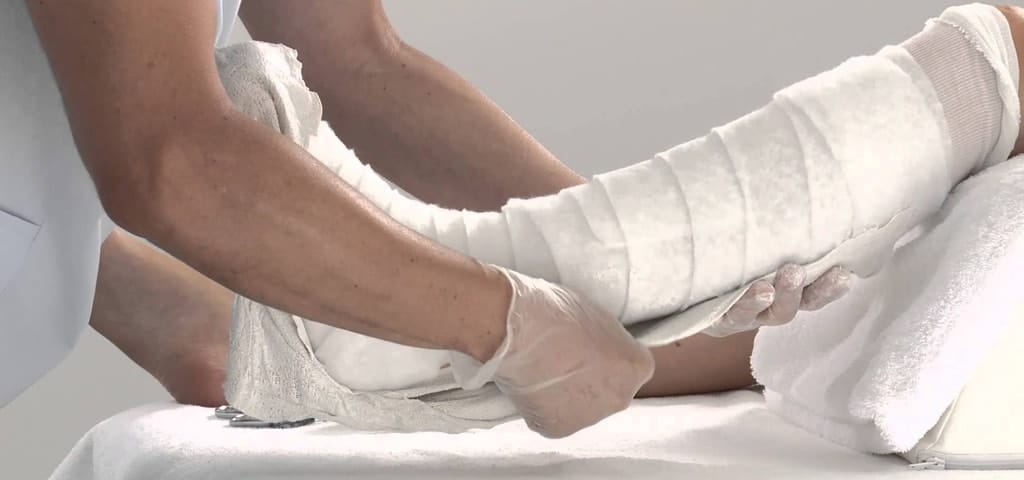
A Fracture is a break in the bone resulting in loss of function and pain. A few decades back all fractures were managed by, Plaster of Paris castor treated with weights hanging from bed. With improvements in metal technology, advances in anesthesia, and research more and more surgeries are performed for fracture. But does all fracture need surgery? Can we still use Plaster of Paris? Many fractures like wrist fractures in old people, children’s fractures (called greenstick fractures), arm bone fractures, some spine bone fractures (without spinal cord injury) can be treated without surgery. Some fractures definitely need surgery and some can be managed by both forms of treatment. Generally speaking, fractures through joints(called intra-articular fracture) definitely require surgery. Because the joints which are a place where two bones meet and give movements require smooth surfaces. If the surfaces are rough and uneven due to fractures, then the smooth movement of the joint is lost and result in pain. Hence, perfect positioning of fracture fragments is necessary to get the best result in fractures through joints. Common fractures through joints which require surgery are ankle fractures, Knee fracture, forearm, and wrist Joint fracture. So to reiterate ”All Fracture Through The Joints Require Surgery”. Some fracture which heals quicker and better with surgery compared to Plaster of Paris immobilization. For Example, fractures of the collar bones are healed better with surgery than bandages. Similarly, fractures of the thigh bone, hip bone, leg bone are better operated than treated with the plaster cast. The bone fragments may not be correctly aligned inside plaster cast and reduction will be lost. This can lead to deformities like bending of bone or angulations at Fracture Site. Also, hip fractures will either not heal or heal in a deformed position if treated without surgery. Hence surgery is a better option here. For fracture, surgery is done using metallic plates and screws or long rods inserted into the bone or sometimes with pins and rods outside the bone and skin (External fixator). Surgery is done under local or general anesthesia depending on the site of a fracture. Discover More: Joint Replacement surgery | Pediatrician hospital in madhurai | Robotic Surgery Hospital in Madurai Advantages of Fracture Surgery: Disadvantages of Surgery: Native bone setters: Native bone setters are there in all parts of our state from Putthoor to thalavoor. People flock to them fearing surgery and high medical costs. Though they can get away with fractures away from joints, joint fractures are a total failure in traditional bone setters. Many times people end up with deformities and non-healing of fractures. Also, excessive tight bandages can lead to stopping of blood supply in injured limb and cause the death of cells, sometimes leading to amputation. Hence better to avoid quacks and traditional bone setters who do not set bones precisely. Your orthopaedician is the best judge to decide whether a particular fracture requires surgery or not.
Reattachment of Amputated Body Part

What is meant by Replantation? Replantation, also known as the reattachment of amputated body part, involves the intricate surgical process of reconnecting a part that has been completely severed from the body, reestablishing a vital connection between the severed limb and the patient. What are the indications for Replantation? Those with the following reattachment of amputated body part listed below What should be done at the site of the accident? How to preserve the amputated Part? Gently clean the amputated part with sterile water, cover it with gauze wrap. Put it in a watertight bag, and place that bag on ice. But don’t put the amputated part directly on ice. How early should the replantation surgery be done? As early as possible. The reattachment of the amputated part should be done within 4-6 hrs from the time of the accident. How to preserve the partially amputated hand? The sterile dressing should be applied over the injury site. Then place the ice cube containing plastic bag over the injured part. What is the effect of cooling of the amputated part? Cooling reduces the metabolic demand of the amputated part. The victim can be transferred from the accidental site to replant center for replantation surgery. The cooling can extend the replant surgery time quite considerably. What is the role of the microscope in replantation Surgery? The size of Blood vessels in the amputated fingers are around 1mm in diameter. Reattachment of small blood vessels can be done by very fine sutures, that needs magnification. The operative microscope provides up to 20 times magnification. The operative microscope is essential for suturing the fine blood vessels to reestablish the blood flow to the severed part. What are the unfavorable conditions for replantation? Other than finger and hand replant, any other amputated body parts can be replanted? If the amputated body part are preserved well and the patient’s general condition is fit to undergo major replantation surgery, above mentioned amputated body part can be replanted. Learn More: Fracture Surgery | Liposuction | Enthesopathy
Breastfeeding Technique and It’s Common Problems

Welcome to our comprehensive guide on breastfeeding technique and common problems that new mothers may encounter. Nurturing your baby through breastfeeding is a beautiful and natural experience, but it can come with its challenges. In this blog post, we’ll delve into essential breastfeeding techniques to help you establish a strong and comfortable connection with your little one. Additionally, we’ll address common issues that many mothers face during their breastfeeding journey, offering practical tips and solutions to ensure a smooth and rewarding experience for both you and your baby. Let’s empower you with the knowledge and skills to make breastfeeding a joyous and fulfilling part of your motherhood journey. Read More: Infant Feeding Practice | Fractures In Children | vitamin D Facts The following are some breastfeeding technique they are: Sign of Good Attachment: Sign of Poor Attachment: Flat or Inverted Nipple: Normally, the nipple corrects itself as the child suckles. But in few cases, the problem persists even after that, the following technique can be tried. Fullness and Engorgement of the Breast: Sore Nipple and Cracked Nipple: Blocked Duct: Burping and Position after feeding: Babies tend to take in a lot of air during feeding, this will lead to abdominal distension, colics, regurgitation, for that baby can be put on the left shoulder. The hand has to support with mothers left hand and then with right arm supporting the buttocks and pat gently on the baby’s back with the right hand. Slowly air will escape. The prone position should be avoided as it found to be associated with higher incidence of sudden infant death syndrome. In conclusion, mastering the art of breastfeeding technique is essential for a successful and fulfilling journey for both mother and baby. By understanding proper latch, positioning, and utilizing helpful tips, you can create a comfortable and nurturing environment during feeding sessions. However, it’s crucial to be aware of common breastfeeding problems such as latch issues, engorgement, or nipple pain, and address them promptly. Remember, seeking support from lactation consultants or healthcare professionals can make a significant difference. Embrace the journey, stay informed, and cherish the special bond that breastfeeding can create between you and your little one.
Tips To Lose Weight After Pregnancy
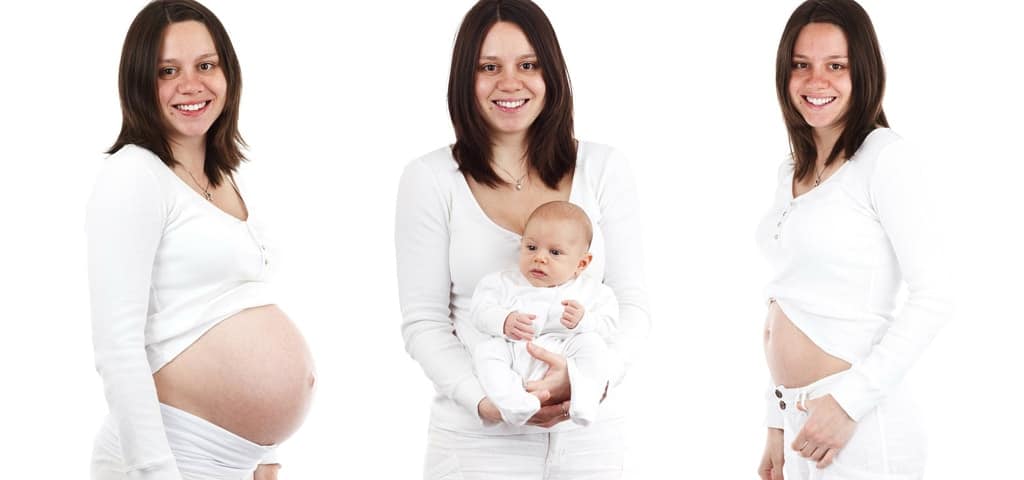
Weight gain during pregnancy is normal but it is important to loose weight after pregnancy. In the first month after the delivery, don’t worry about losing weight. After 6-8 months of delivery, extra weight gained during pregnancy should be reduced. If extra weight is not reduced during this period, it will retain that extra fat for longer. Tips to Loose weight after Pregnancy: There are three tips that will help to reduce weight tremendously. They are The first two tips are common for reducing the weight and the third tip is specific for weight gain during pregnancy. Diet Remedies to Loose Weight: It is not necessary to go for extreme diet for losing weight but small changes in your daily food habits are enough to lose weight. Some tips that are should be followed are listed below ⦁ Should not skip breakfast and choose healthier options for breakfast such as whole grain cereals, whole wheat bread, eggs, fruits, etc ⦁ Stay energetic by consuming regular meals to take care of yourself and also your baby. ⦁ Intake more fruits and vegetables and consume less amount of junk foods and sweets. ⦁ Consume nutritious foods that are high in nutrients and less in calories which help to reduce weight. ⦁ Take boiled, baked, steamed foods and avoid fried foods. ⦁ Drink lots of water so that it flushes out toxins from the body and prepares your body to get ready for maximum health. ⦁ Take healthy natural drinks like fruit juices, coconut water and avoid sodas and colas. ⦁ Limit the intake of caffeinated drinks like tea and coffee and instead take herbal tea without sugar orartificial sweeteners. Exercises to loose weight after pregnancy If you want to lose weight after pregnancy, should be physically active. If there are any complications during pregnancy, consult your doctor whether you can or cannot move your body after delivery. Here are some tips to do exercise after delivery. ⦁ Start to walk after 4 weeks of delivery and initially walk lesser and gradually increase for 45 minutes a day for 5 days per week. ⦁ If unable to walk for a longer time, take a break and walk for 10-15 minutes for 3-4 times a day. ⦁ Move your body frequently and don’t sit at a place for more than half an hour. ⦁ Apart from exercise, dance a little to make your baby happy and also play with your baby. Breastfeed to loose weight Breastfeeding helps to burn calories so that it helps to reduce weight. Women who breastfeed their babies burns 500 calories per day approximately when compared to women who are not breastfeeding their babies. However, it is not essential to reduce weight but it can boost the rate of fat loss. And, it also ensures the best nutrition for the baby. Sleep a little more to reduce weight: A study says that mothers to newborns who sleep for less than six hours faces difficulties in reducing weight but those who slept for seven hours can reduce their weight easily after pregnancy. Hormones such as cortisol and other stress hormones can be released inside the body when your body does not get enough sleep and rest. These hormones can cause weight gain as a side effect. So, sleep a little more to reduce weight after pregnancy. Losing weight after pregnancy is not that much difficult. All that you need to reduce weight are a healthy diet, exercise, and a good sleep. Also Read: Infant Feeding Practice | Breastfeeding techniques | Fractures In Children
Infant Feeding Practice

Promote optimal infant feeding practice by initiating breastfeeding within the first hour after normal delivery (or within four hours after a caesarean delivery). Embrace rooming in, allowing mothers and infants to stay together 24 hours a day, and encourage breastfeeding on demand. Strictly adhere to the practice of not introducing any food or drink other than breast milk and avoiding artificial teats or pacifiers for breastfeeding infants. Explore More: Floating Kidney | Appendicitis Complementary Feeding: Implementing a systematic infant feeding practice involves introducing appropriate food substances alongside mother’s milk at the right time to provide essential nutrients. As babies become biologically ready for semi-solids around 4 months of age, it is crucial to continue breastfeeding for as long as feasible, ideally up to two years. This practice is particularly significant during the first two years, a period of rapid brain growth, as breast milk contains vital taurine amino acid factors essential for optimal brain development. What are Complementary Feeds? It can be homemade. It is better to start with mono cereals followed by multi cereals. Cereal like rice is the best choice to start weaning as it is gluten-free and easily digestible. Tubers, Fruits, Biscuits and Banana powder are also popular weaning foods. The addition of oil for calories can make homemade food more nutrient dense. Family Pot Feeding: Around 6 months: Around 6-9 months: Around 9-12 months: Food Items Enhancing Calories: Oil, Ghee, Sugar, Egg, Fish, Meat, Green leafy vegetables, Curd, and Sprouting pulses enhance the calories. Texture, Preparation, and Storage of Weaning Food: It is essential to advise the mother to differentiate the texture through preparation and cooking methods. A soft to coarser to bigger bite texture will be a positive approach towards developing the baby for acceptance. Careful hygiene preparation such as hand washing with soap and water should be practiced before cooking and also during feeding is essential. Food stuff should be freshly prepared. Cooked food should be stored in airtight container. Complementary Bridge and Safety Net to Prevent Malnutrition: Most of the children fall into the pit of malnutrition during weaning and postweaning phase. Some even succumb to it. Mothers are expected to make the weaning bridge to carry children across the pits. The three Planks include Read More About: Common Fractures in Children
Common Fractures In Children

Fractures in children are common in the age group between 1 year to 15 years. More common in boys than in girls because they are more naughty. The left upper extremity fracture seems to be common, as the left assumes the role of protection during the fall. In the lower limbs, fracture of the thigh bone (femur) and leg bone (Tibia and fibula) are common. In children, the fracture management is simple with plaster cast (recently the fiberglass) immobilization. The healing and remodeling potential is very high. However, whenever the child is brought to us with the fracture in the upper limb or lower limb, the first question the parents ask is, whether my child will become normal as before, whether there will be any deformity and any shortening etc. The answer is very simple, if it is treated by a well-trained Orthopaedic surgeon, complications will not occur. In our village setup, many parents take their children to native bone setter and then get into complications like deformity, shortening, neurological and vascular problems. Very commonly when the child falls from a cycle or while playing, he or she falls with the outstretched hand on the left side or right side. When this happens, the impact will be transmitted to the wrist, forearm bones, elbow, shoulder, and clavicle. The commonest fractures which we see are the “Greenstick” fracture of forearm bones and supracondylar fracture of the humerus above the elbow joint. Explore More: Liposuction sculpting your Body | Enthesopathy Greenstick Fracture: Child’s bones are like a thin branch of a tree (Green Stick), hence it breaks on one side of the cortex and the other side bends. The treatment here is straightening the bone under anesthesia and giving a plaster cast for 3 weeks is sufficient. Taking care of the plaster by the parents is important. Otherwise, the bone will deform again. Very often the parents tend to take the child to the bone setter and we see a lot of complications because of the native splints. Another important factor in children fracture healing is that deformities gradually gets corrected. This may take 2 years. Supracondylar Fracture Humerus: This is the commonest of all elbow injuries. Whenever the child complains of pain and swelling of the elbow, X-ray must be taken to rule out any fracture. An undisplaced fracture can be treated with a plaster cast for 3 weeks. After 3 weeks, physiotherapy is important to get back the normal range of movements. In displaced fracture, the modern method is to reduce the fracture under anesthesia and under fluoroscopic control and fix with 2 criss-cross Kirschner wires, for 3 weeks and above elbow plaster cast. After 3 weeks, the wires are removed and one more week plaster is given and exercises are started. The physiotherapeutic measures must be done well. Otherwise, the child will develop post-traumatic stiffness. Fractures in children are common. Parents must take all efforts to take them to the correct orthopedic surgeon who can treat better without any complications. Also Read: What are the signs and symptoms of neurological disorder?
Reduces Risk Of Lung Cancer With Garlic
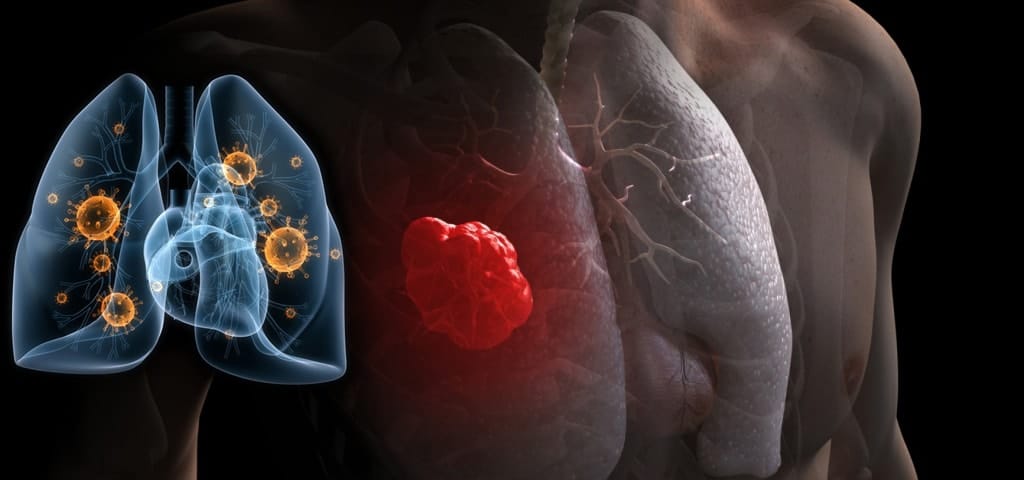
Lung cancer is one of the deadly diseases and about 1.2 million people die due to lung cancer all over the world. The main cause of lung cancer is smoking. But a research says that one fifth of the lung cancer occurs in people who never smokes in their life. Lung cancer is often diagnosed at the later stage where the risk increases and it becomes not curable. Reduces risk of lung cancer, especially for non-smokers, remains crucial in light of research indicating that one-fifth of cases occur in individuals who have never smoked. Early detection and lifestyle changes can significantly reduce the likelihood of reaching advanced, incurable stages. Also Read: Physical exercise for heart | Quit Smoking Habit | Heart Diagnostic Center A VEGETABLE THAT REDUCES RISK OF LUNG CANCER:Most of the people hear that garlic is a healthy vegetable. A study reveals that garlic helps to treat lung cancer effectively. Consuming raw garlic regularly reduces the risk of lung cancer and it is found effective on regular smokers. Garlic is rich in medicinal properties and it is widely used as a home remedy for curing many diseases. Recently, researchers revealed that garlic reduces the risk of lung cancer. RESEARCHES ON GARLIC:Researchers tested patients suffering from lung cancer with the healthy people. At the end of the research, it is proved that people who consumed fresh garlic for at least two times per week have a lower risk of this cancer by 44 percent. People with smoking habit also has 30 percent lower risk of lung cancer. These researches are made on fresh raw garlic and it is not known on the preserved or dried garlic. HEALTH BENEFITS OF GARLIC:Garlic has a chemical called ‘allicin’, a sulfur compound that is formed when it is crushed or chopped. This Allicin has many medicinal values and the health benefits of garlic are listed below• Allicin is an anti-oxidant that prevents the formation of free radicals in the body.• Reduces the inflammations.• Used as a natural remedy to treat colds and infections.• Lowers the blood pressure and increases the production of insulin.• Blocks the formation of cancer-causing substances.• Enhances DNS repair.• Reduces cell proliferation or induce cell death.• Reduces the risk of several forms of cancer such as stomach, lung, esophageal, breast, colorectal and bladder.